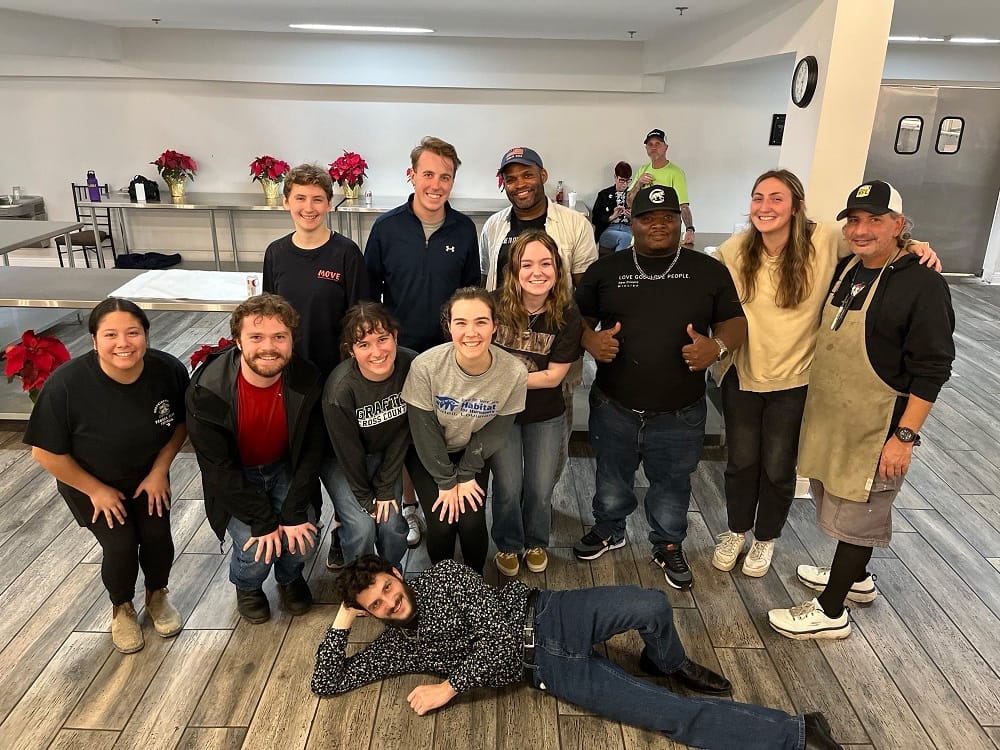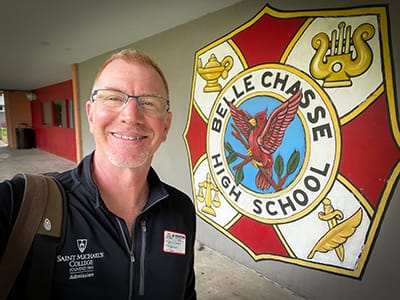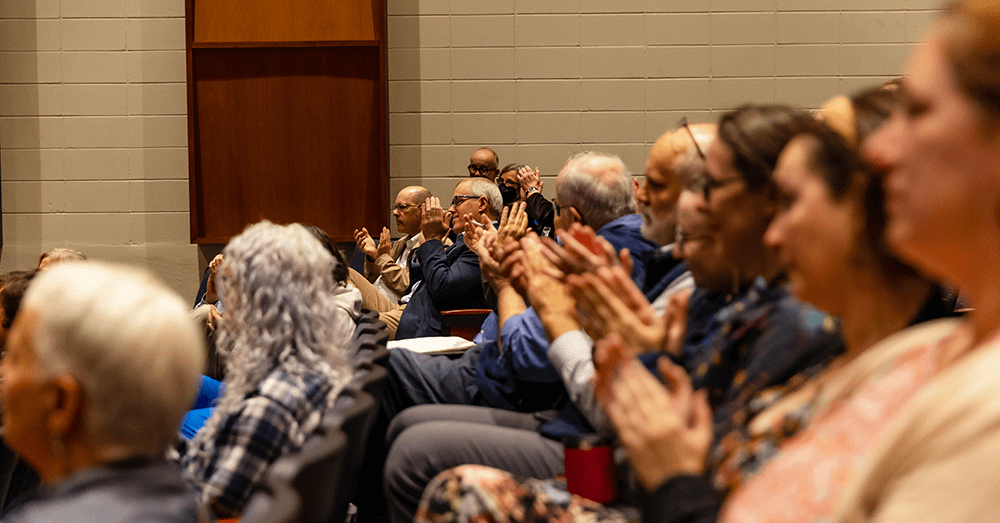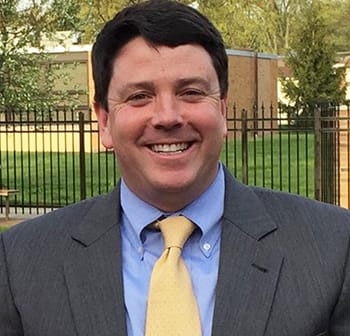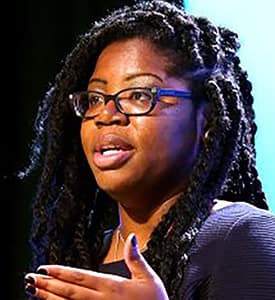“Re-Orientation” program invites employees to ponder mission, “why we show up”
More than 100 join October 14 morning session as leaders from Human Resources introduce 6-stage "road map" for optimizing the Saint Michael's workplace experience
Conversations about “how we live our mission at Saint Michael’s and why we show up” — the focus of a well-attended October 14 “Re-Orientation” program for staff and faculty — launched a new approach from the College’s Human Resources staff that amounts to an “Employee Experience Roadmap.”
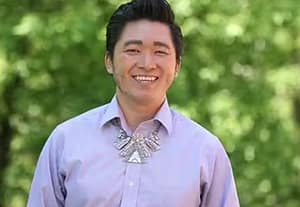
Howie LeBlanco
A big motivator of this work is the simple growing recognition that “if we can continuously learn the experiences of people at the college, we have a better chance of retaining them with intentional efforts and initiatives,” said Howie LeBlanco, the College’s first Director of Human Resources: Diversity, Equity, & Inclusion. Further, he said, “it is about attracting the best people to Saint Michael’s when they recognize the College is a workplace that actively encourages the engagement and happiness of employees from all backgrounds.”
LeBlanco is working with HR Director Kendra Smith in adapting a new six-stage “roadmap” of the “employee life cycle” based on a people-centric model crafted specifically for Saint Michael’s and the many ways employees understand and live out the Edmundite values and the diversity, equity, and inclusion commitment on the job.
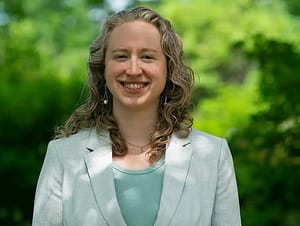
Kendra Smith ’09
Nearly 100 Re-Orientation attendees, with 25 more or so on Zoom, heard thoughts on that topic from a leadership panel. It included cabinet members – Rob Robinson of the Finance Office, Dawn Ellinwood of Student Life, Jeff Trumbower of Academic Affairs, Kristin McAndrew of Enrollment and Marketing, and Fr. Brian Cummings, S.S.E.’86 of Edmundite Campus Ministry. Edmundite Fr. Michael Carter’12 and Lara Scott of the MOVE office led an engaging facilitated conversation on mission and values to kick-off the morning’s program.
Scott said a significant take-away for her after helping lead the discussion was that “we all have something to gain from being together — both learning from what HR was presenting about their new strategic plan, but also connecting over a fun raffle and building relationships. It felt really nice, like something new and different, bringing those who have been part of the community for a period together with those new to campus. It had an inclusivity that I really appreciated, just to be talking to each other and having time to reconsider why we are all here.”
Scott said she regretted that, too typically in the professional world, “not a lot of time is created for thoughtful reflection and dialogue,” so this recent full-morning session reminded her of how valuable that can be.
LeBlanco explained the intentional focus on a mission-centric orientation program stems from the reality that “our community was not around for many years” due to so much extended remote work through the worst of COVID. That unanticipated reality meant that several new hires of recent years never had the chance properly to absorb the College mission by mingling in person regularly with co-workers at the outset of the employee life cycle — the typical path to campus enculturation pre-pandemic.
“Human Resources has developed a strategic plan,” LeBlanco said of the employee roadmap, “and it weaves in inclusion and equity philosophies and approaches within the HR work.” While HR practitioners will continue to focus on performance management or training and development (and will not diminish those roles), “now it’s also about us asking how you do those things from a space of equity and inclusion. They are not separate things anymore. Diversity, Equity, Inclusion and Human Resources are intricately connected,” he said.
LeBlanco said his office’s recent initiative connects to the College strategic plan directly given that, one pillar in the overarching College plan is “Strengthening Community,” and “Our road map supports doing that work.”
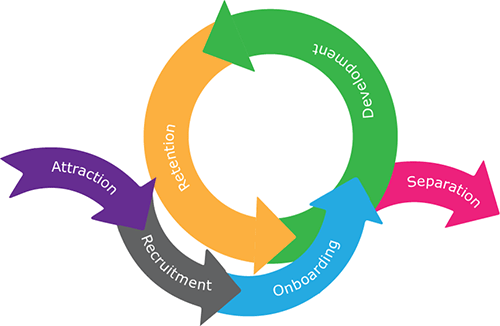
The action item related to that goal is “Design and institute a staff performance management program.” Then, two of several expected outcomes and measures of success for Development are, “All staff employees engage in the performance management program throughout the year,” and “Adopt a continuous feedback and coaching approach to performance management.” LeBlanco said the new approach in this example improves an outdated talent management practice that centered on only once-a-year employee evaluations. The new approach allows for more regular and productive coaching and feedback between managers and staff.
He said a recent “listening tour” of campus that he made to hear from employees was a version of what he calls “stay interviews” – a concept holding that, instead of waiting for an employee to resign to learn about their experiences, organizations ask about on-the-job experiences earlier and regularly, “continuously trying to understand what’s going on.” Surveys show that professional development opportunities, for example, are “a huge piece that all employees are asking for these days,” he said. “People are looking for organizations that will continuously help them to grow.”
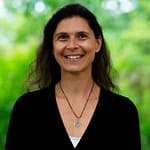
Lara Scott
Breakout sessions at the Re-Orientation from the group talk led by Lara Scott and Fr. Carter asked employees to think about how they connect and resonate with the mission and values of the College and how those show up in their work, or how they might show up in their work if they presently do not. Groups also talked about examples of current initiatives that support the mission and values already.
After Scott and Fr. Carter gave people a chance to work on written reflections about “mission moments” and discuss those in small groups, she said, “I always feel it is going well when it’s tough to pull folks back to the larger group because they are in such good conversations, and that was the case here. One person even said this event itself was a “mission moment!”
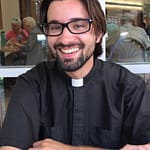
Fr. Michael Carter, S.S.E. ’12
Part of the day’s Re-Orientation activities included a “mini resource fair” where representatives of Purposeful Learning, Bergeron Wellness, Employee Assistance Program, Student Life, MOVE, GMHEC Wellbeing and Durick Library shared about useful resources that are good for employees to have on their radars while thinking how they connect to mission.
“It was a great day and we were very proud of the good turnout and feedback and great experiences that made it such a success”, LeBlanco said of the Re-Orientation session. “We are trying to figure out the ideal scale and frequency of similar sessions in the future.”
Scott, the MOVE director and group discussion co-facilitator, said she felt honored that Smith and LeBlanco invited her and Fr. Carter to lead such a conversation. “‘Nice’ seems such a minimalistic word, yet it was just so nice to see a lot of people in a room early in the morning desiring connection and knowledge and reflection – something that in my world of MOVE we talk about all the time,” she said. “Sometimes they find their way into practice at the institutional level and sometimes they don’t, but this was a case when they did and we all were the better for that.”
To see the full HR Strategic plan titled “Employee Experience Roadmap”, click here.
